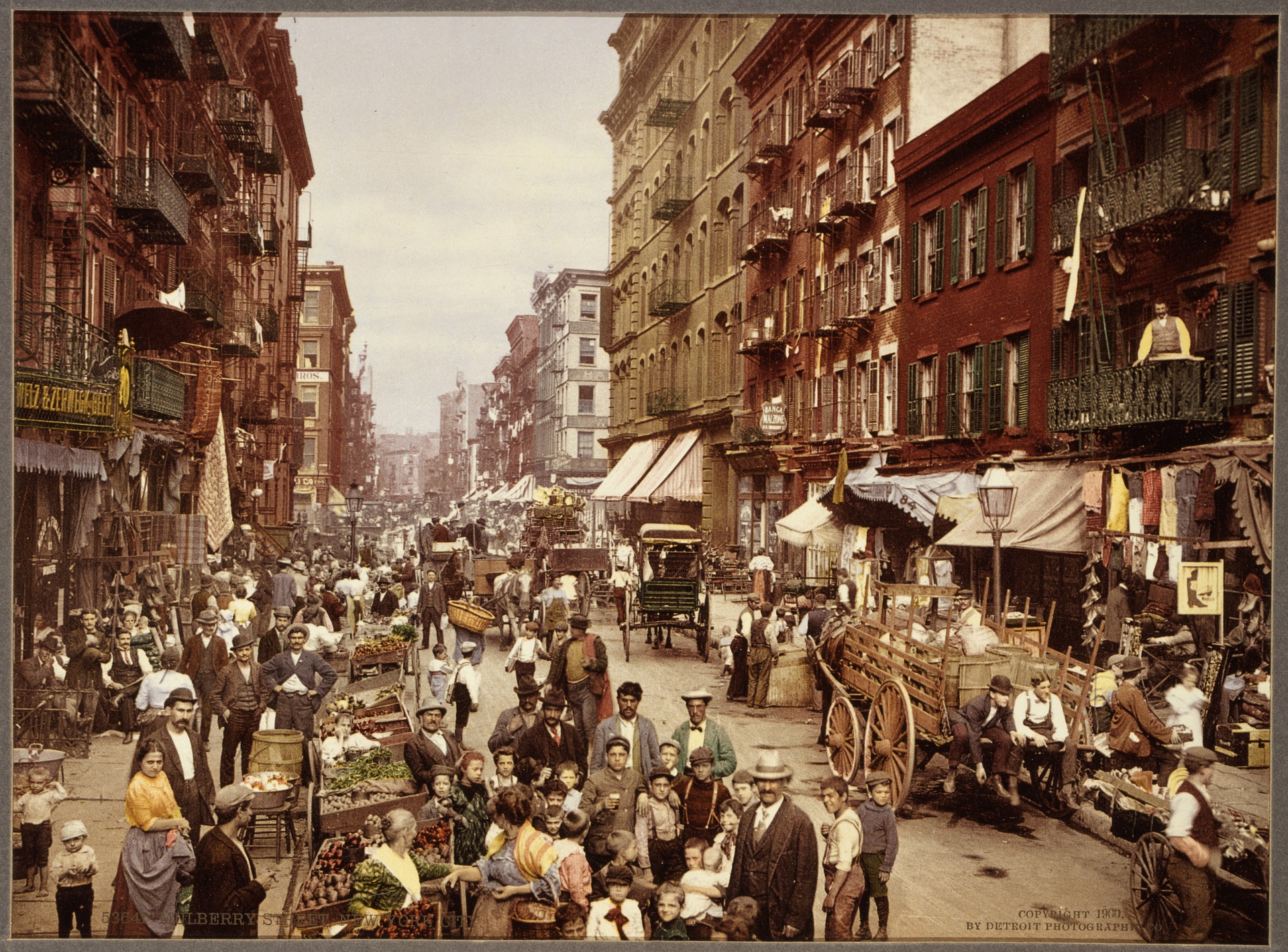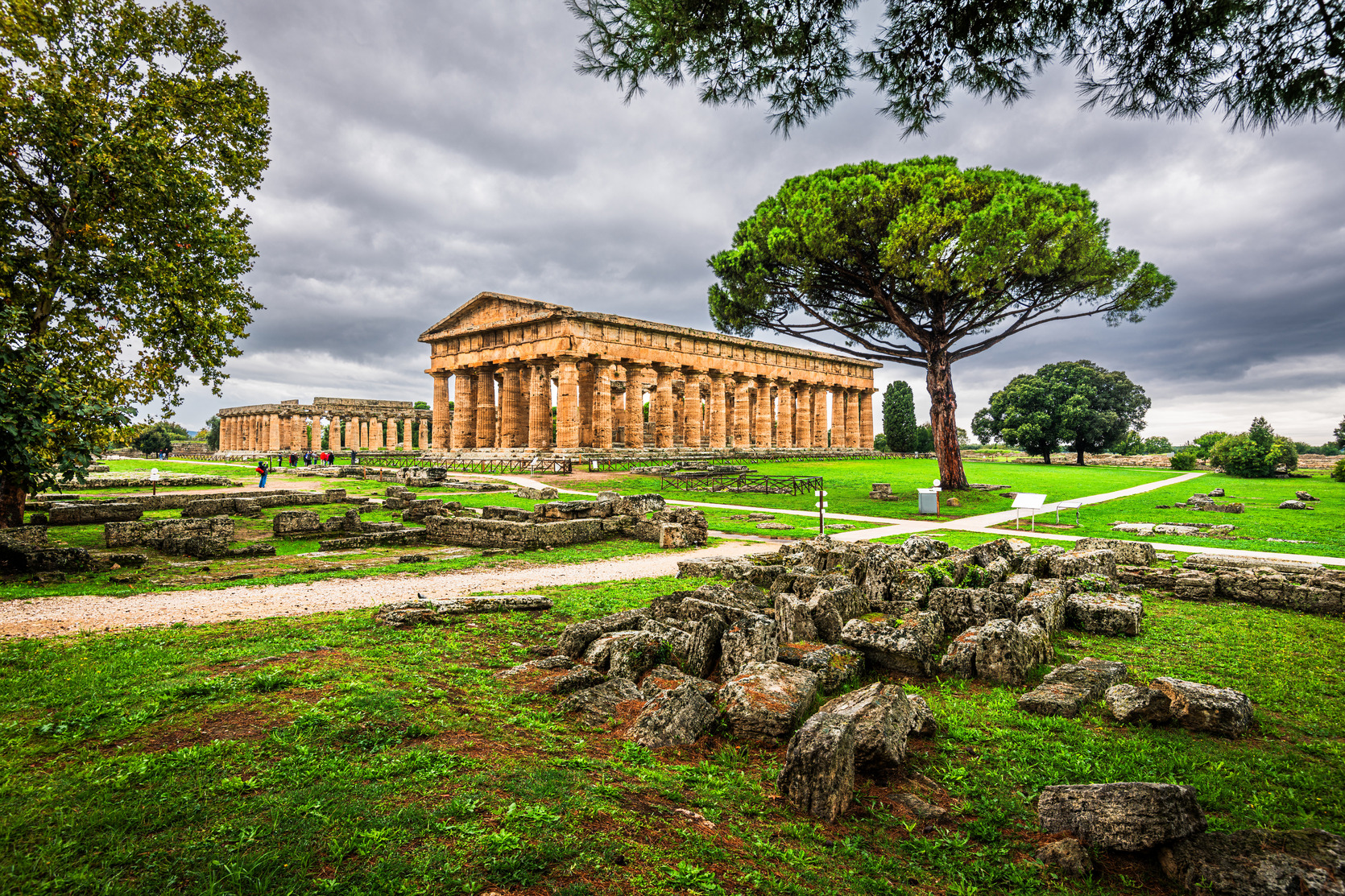If you visit the New York City Transit Museum, (located at Schermerhorn Street & Boerum Place, Brooklyn, NY) organizers from the museum recognize many of the races and ethnicities that contributed to the building of the subway tunnels during the early 20th century.
One group that the museum acknowledges is the Italian immigrants who worked underground in deplorable conditions, through pitch darkness, and paved the way for the IRT (Interborough Rapid Transit Company) and BMT (Brooklyn-Manhattan Transit Corporation today both companies defunct) tunnels that are a vital component to the city’s transit system. As a wave of Italian immigrants arrived even before the early 20th century, many became employed in subway construction and became the hidden workers, not by choice, of the underground.
New York City is famous for its legendary subway system that stretches over one thousand miles. It is one of the busiest transit systems in the world, serving millions of daily commuters. One of the main arteries of the huge metropolis, are the trains and subway stations that have become iconic symbols of “the city that never sleeps.”
New York City’s transit system has been captured in movies like Marilyn Monroe’s Seven Year Itch (the well-known scene where her dress blows up from the subway grate in Times Square.) In 1974 and 2009 an actual subway station was used in the movie and remake of The Taking of Pelham One, Two, Three. The transit system’s popularity also extends to the music industry.
For instance, Duke Ellington’s noted song in the 1940s, Take the A Train, was based, at the time, on the newly constructed A train line that passed through many of the Harlem Jazz clubs in Manhattan’s Upper West-Side. In more contemporary times, Jennifer Lopez released an album in 1999, On the 6, a NYC train that travels in both directions to the Bronx/ Manhattan. She used the 6 train as an urban symbol to emphasize her identity and connection to the Bronx.
While New York City’s transit system grows in popularity, thanks to the entertainment industry, in reality there are mixed reactions among commuters. Many riders would agree that traveling on the subways of NYC is an unforgettable experience. Some passengers are oblivious to the distinct subway culture that exists below. They wait anxiously for the train’s arrival while reading their Kindles, or listening to music.
Others grow frustrated with the not always reliable train schedules, or panhandlers who can sometimes be aggressive. At the same time, many enjoy the elaborate mosaic tiles that adorn some of the older subway stations and appreciate the variety of entertainers that if anything, may lift your spirits after a long and arduous day.
On the other hand, many would agree that if you lived in the 1970s & 1980s, the subways meant entering the dark abyss where violence was rampant and graffiti tags were prominently visible in every subway car. For many passengers (or straphangers-those usually standing) riding the trains meant entering a stark underworld, where anything was possible, in some ways, those images remain even today. What has remained constant, however, is that few riders will ever marvel at the engineering achievements or think about the laborers who excavated and chiseled away at Manhattan’s bedrock, to build one of the most efficient and elaborate subways in the world.
According to the New York City Transit Museum, “The peak of Italian immigration to this country coincided with New York City’s building boom. Between 1900 and 1910 more than 2 million Italian immigrants arrived in the United States. Their labor was needed to build the city. Poor and unskilled, they took work as laborers.”
Thomas Moro, from Howard Beach, Queens (New York) remembers his grandmother describe her father’s morning routine. “He would get up very early in the morning about 4:30am, put on his long johns because of the draft in the tunnels, put these heavy black boots on that were already covered in dust and mud, and walk out the door with his metal lunch box.” He continued to recall how proud his grandmother was when she would describe her father’s work ethic.
“He never complained about the work, he was very happy that he was working and providing for his family.” Mr. Moro’s great-grandfather and so many other immigrants built the underwater subway tunnels.
Apparently anyone working in this field was called a Sandhog. Sandhogs go as far back as 1872 and work into the core of New York City’s foundation. The term Sandhog derives from workers who were called diggers and work in sandy soil. They also built the bridges of New York City and are associated with the building of the Brooklyn Bridge, where 27 Sandhogs died during its construction, even though this was never documented because many hospitals, at the time, kept poor records.
Mr. Moro’s great-grandfather worked alongside many Italian immigrants who were exploited by their own people. The NYC Transit Museum explained that “When subway contractors needed thousands of laborers for pick and shovel work; they turned to Italian immigrant neighborhood leaders known as “padroni.” The padroni connected the new immigrants to America, organizing workers into crews and escorting them to job sites.”
The “padroni” system was somewhat similar to being an indentured servant. For a certain period of time, a large percentage of the Italian immigrant’s salary was to pay back the padroni, creating a system that Mr. Moro declared “meant, now that you have a job, you owe me, and like my great-grandfather many of these guys paid because they were grateful for having work…besides what other option did they have?”
Today, Sandhogs are part of a union and work just as hard as Thomas Moro’s great-grandfather. Presently in New York City, the east side of Manhattan is in desperate need of a second avenue subway line. During the 1970s the construction for the second avenue subway line was started and abruptly halted a few years later by the city’s fiscal crisis.
After several decades, the project has resumed and just like the immigrants of the past, a new generation of laborers and Sandhogs are working in NYC’s underground city and in some ways they continue the legacy of those who built the Big Apple’s subway system. Perhaps one day, a movie or song about the Italian immigrants who contributed to building NYC’s transit system will appear while a commuter waits for the train.
































